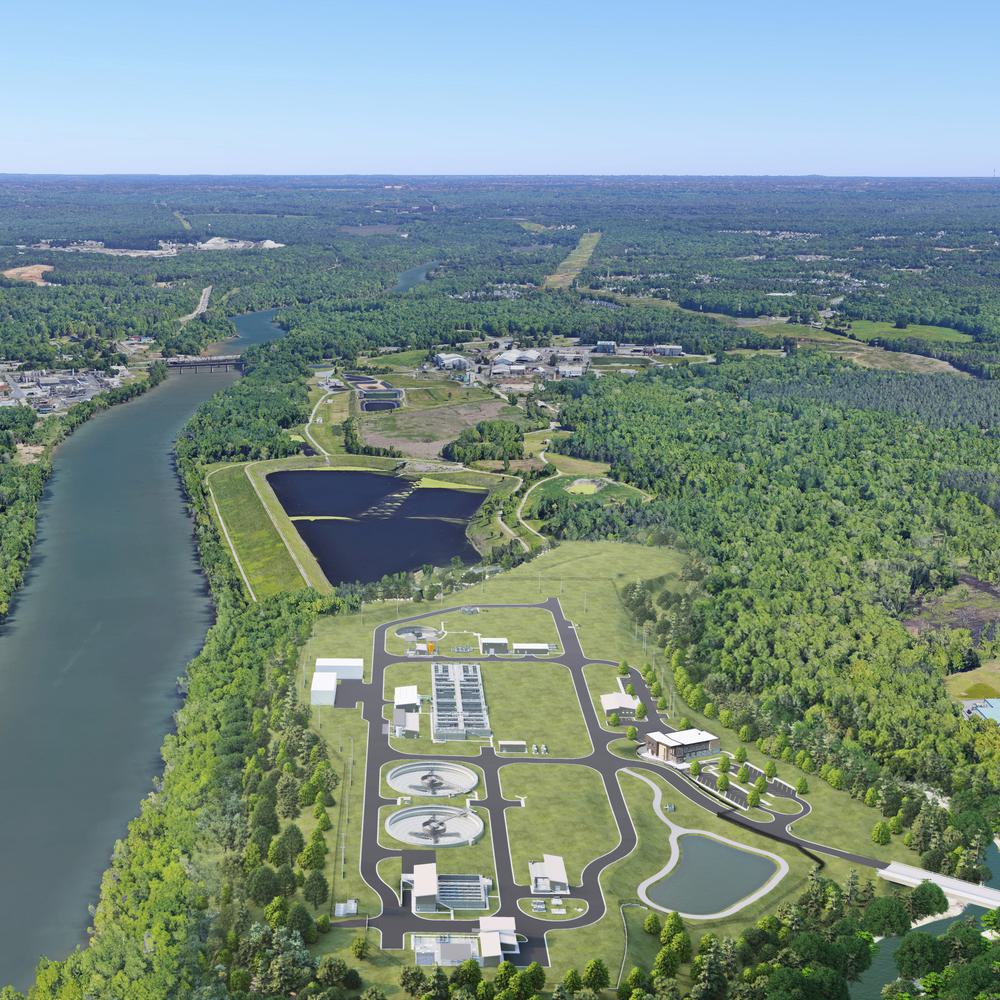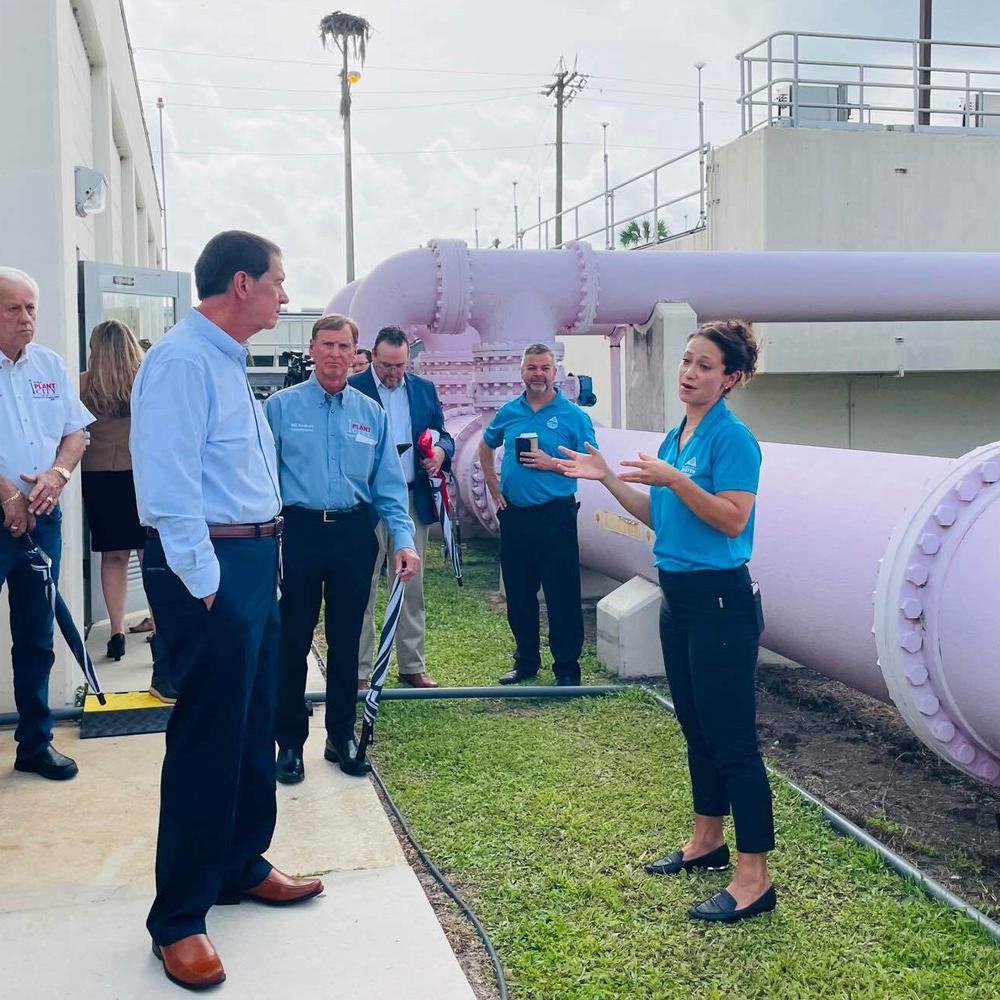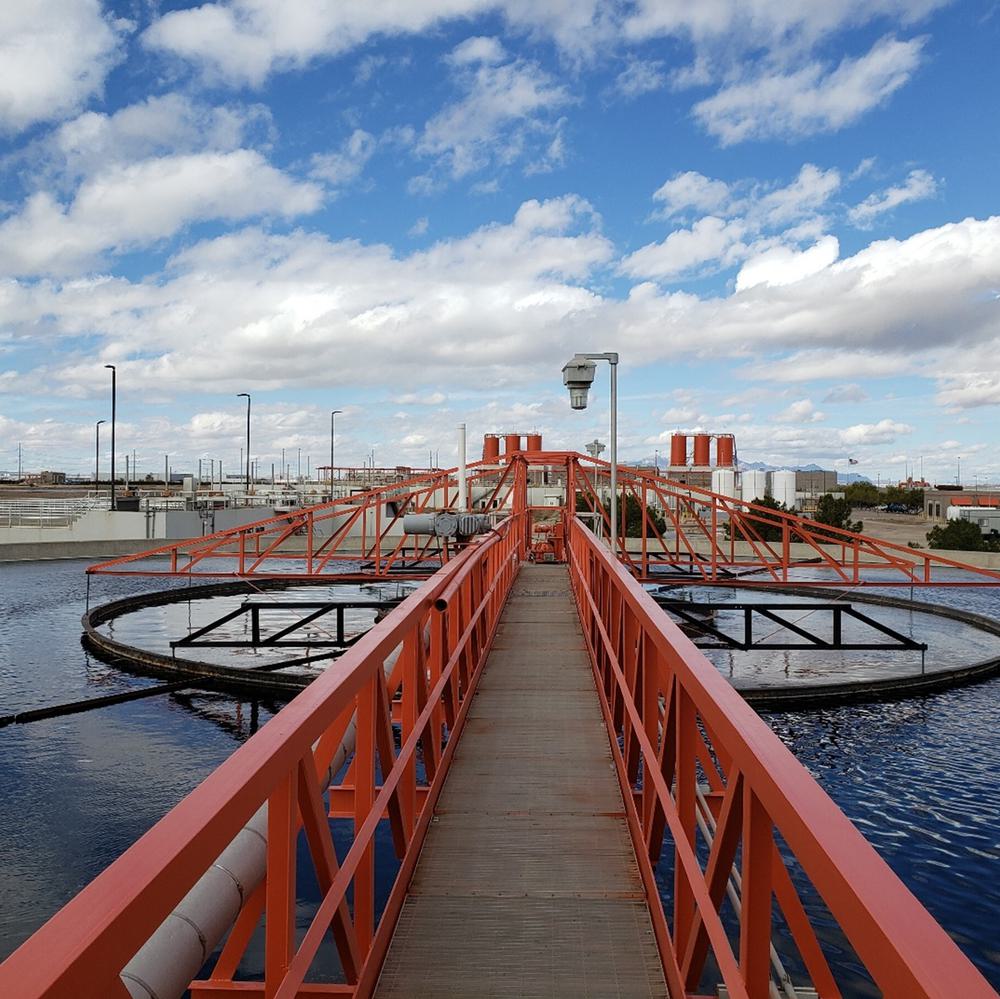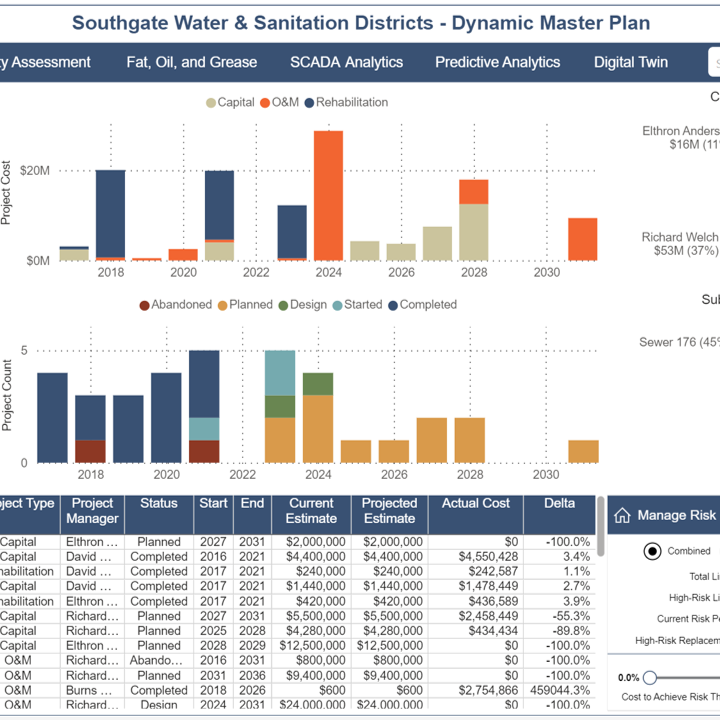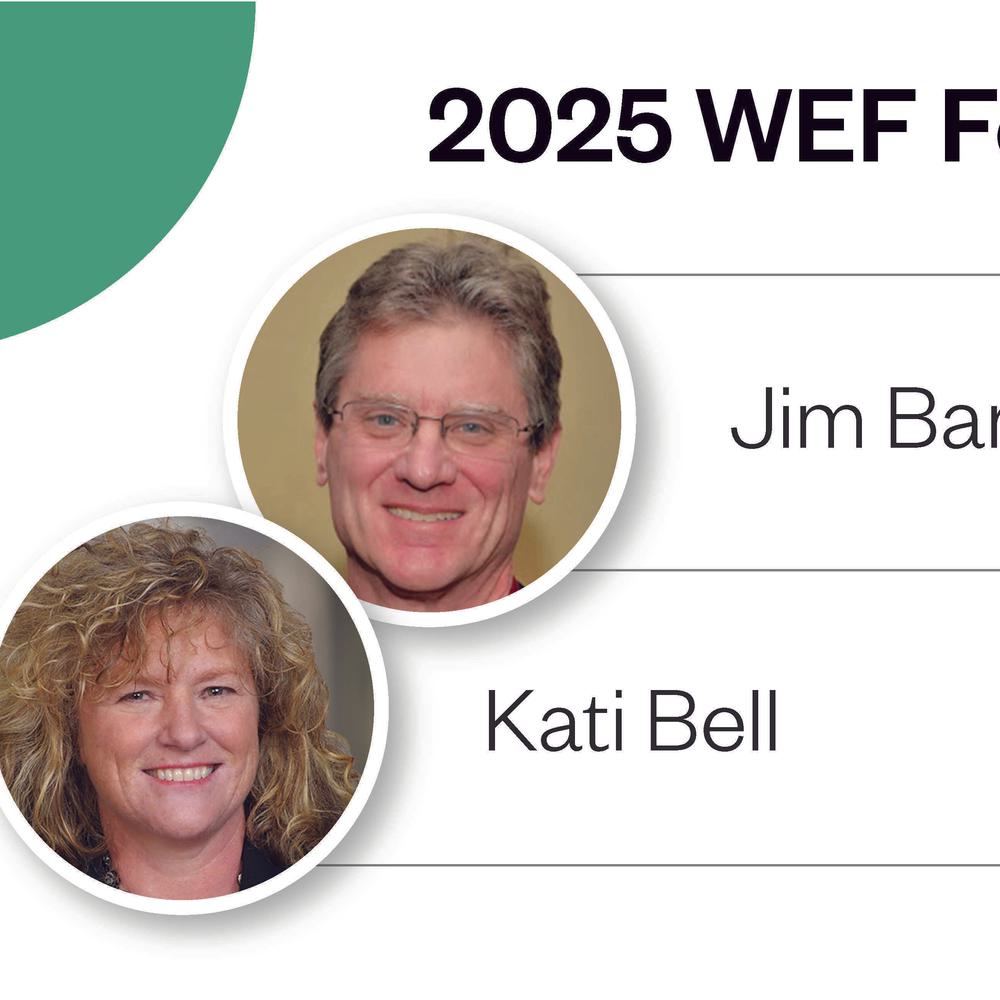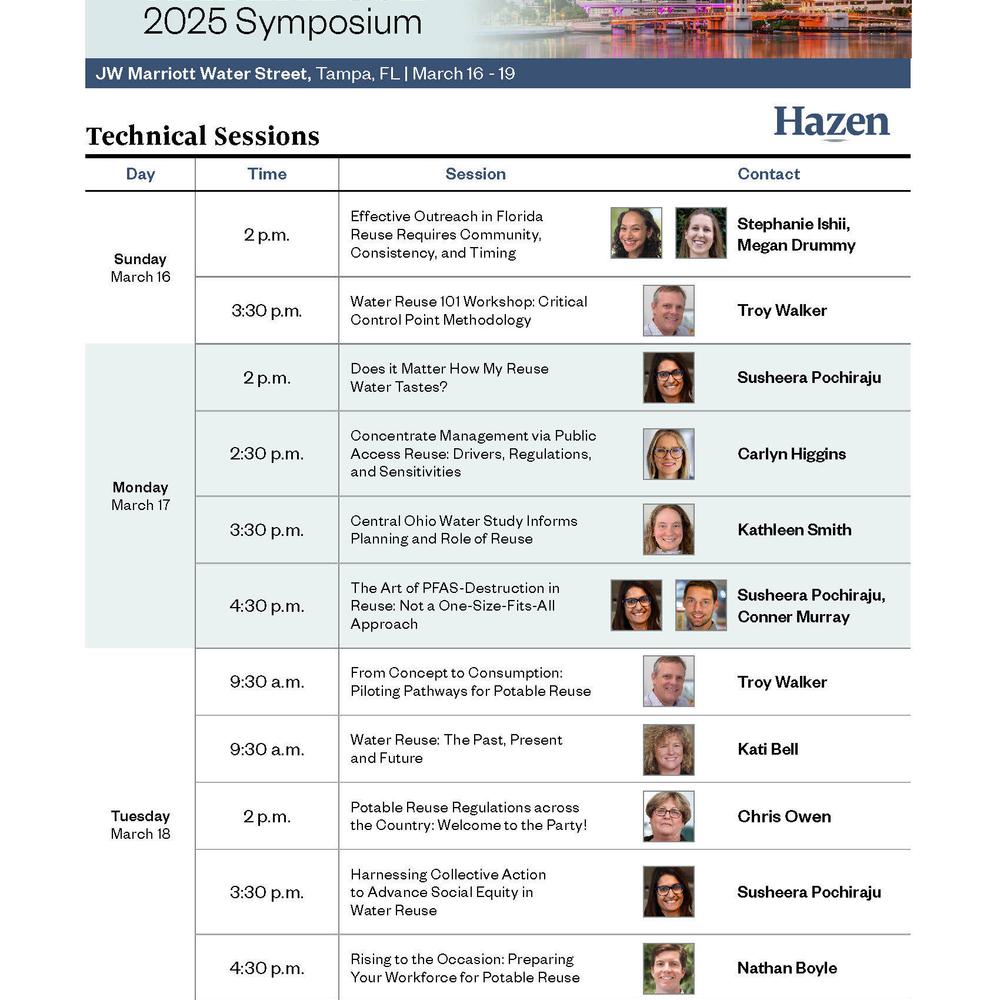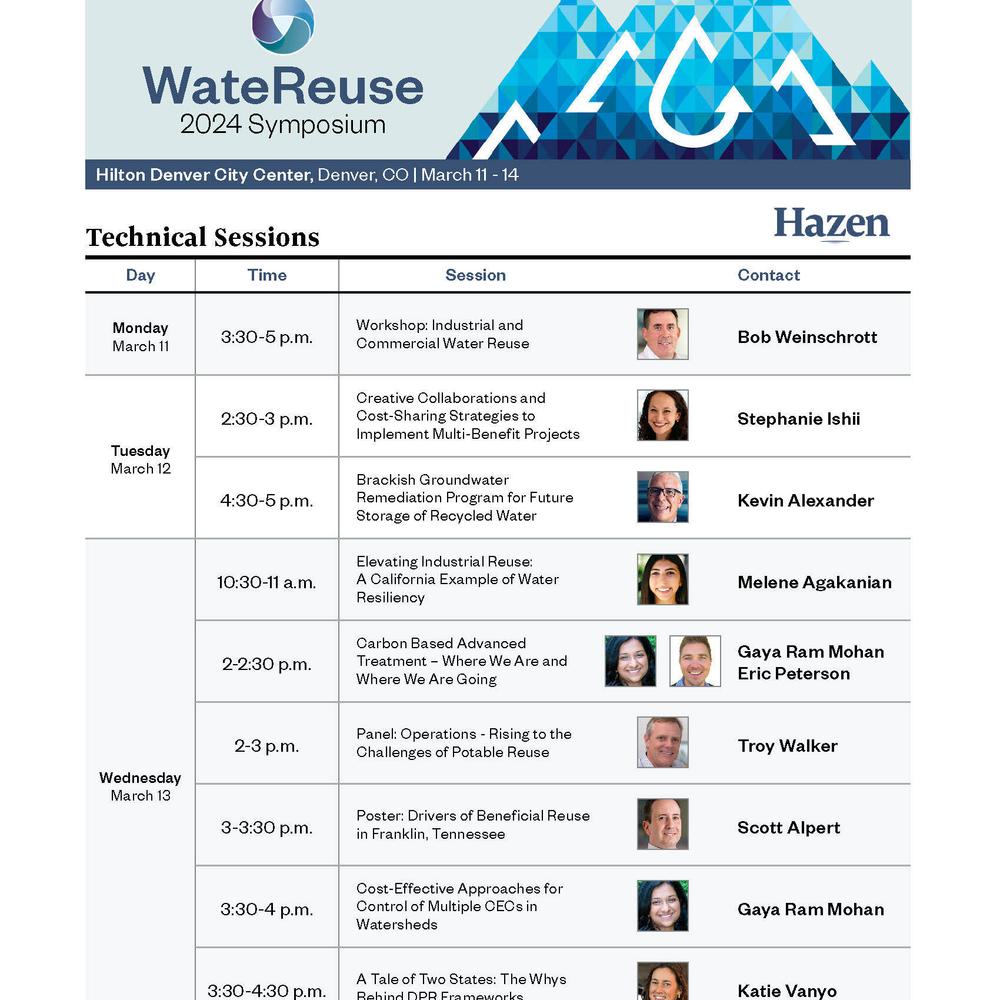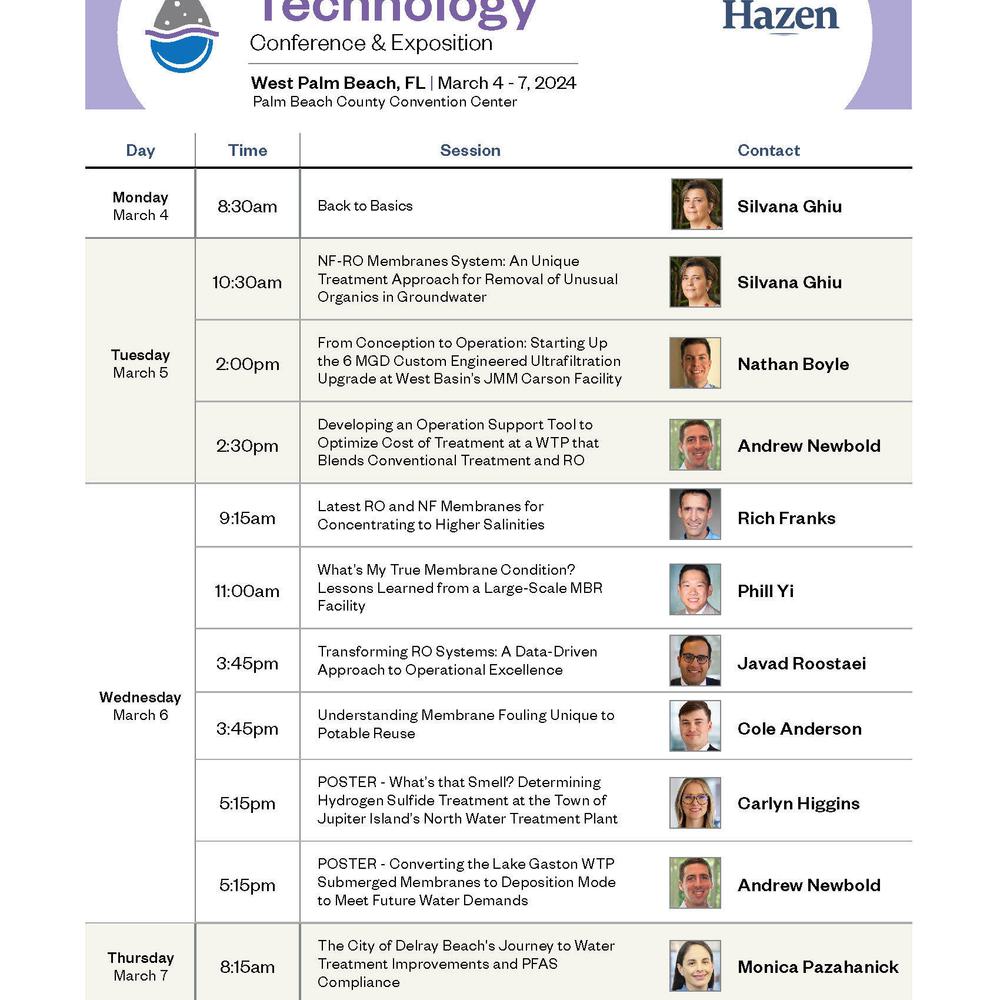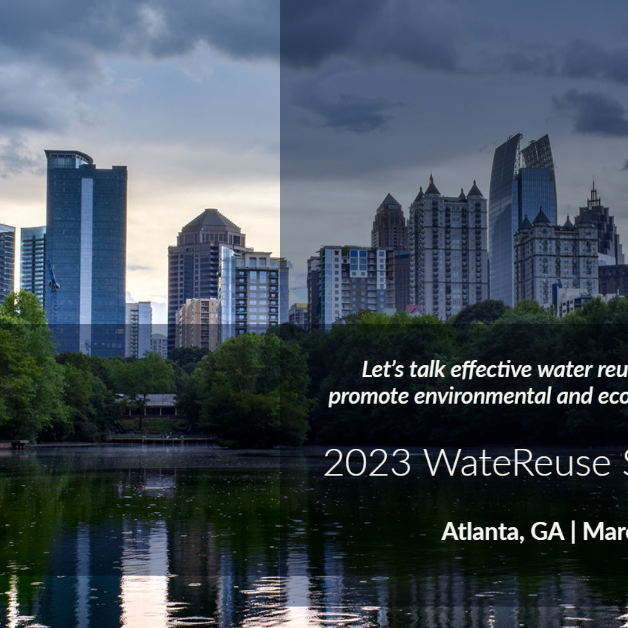Lower Santa Margarita (CA) Water Supply Reliability Pilot
This indirect potable reuse (IPR) program will allow both Fallbrook Public Utility District (FPUD) and Marine Corp Base Camp Pendleton to recover wastewater effluent from their two treatment plants and percolate the effluent into the ground to supply their drinking water aquifer for potable consumption.
Hazen, along with partners Carollo and Stetson, worked with FPUD on the planning, pilot testing, and feasibility study for the IPR program. The project, which includes a pre-study and permitting evaluation for a potential live stream discharge of effluent, is run by FPUD with financial support and input from Camp Pendleton.
The effluent discharge requires a complex NPDES permit and evaluation of technology requirements in order to gain Division of Drinking Water (DDW) approval. The permitting complexity is furthered by Regional Water Quality Control Board and DDW requirements within San Diego and needing to obtain federal agency approval.
With the use of non-membrane technologies for indirect potable reuse and permitting under current regulations, the Water Supply Reliability Pilot project would be the first of its kind in California.
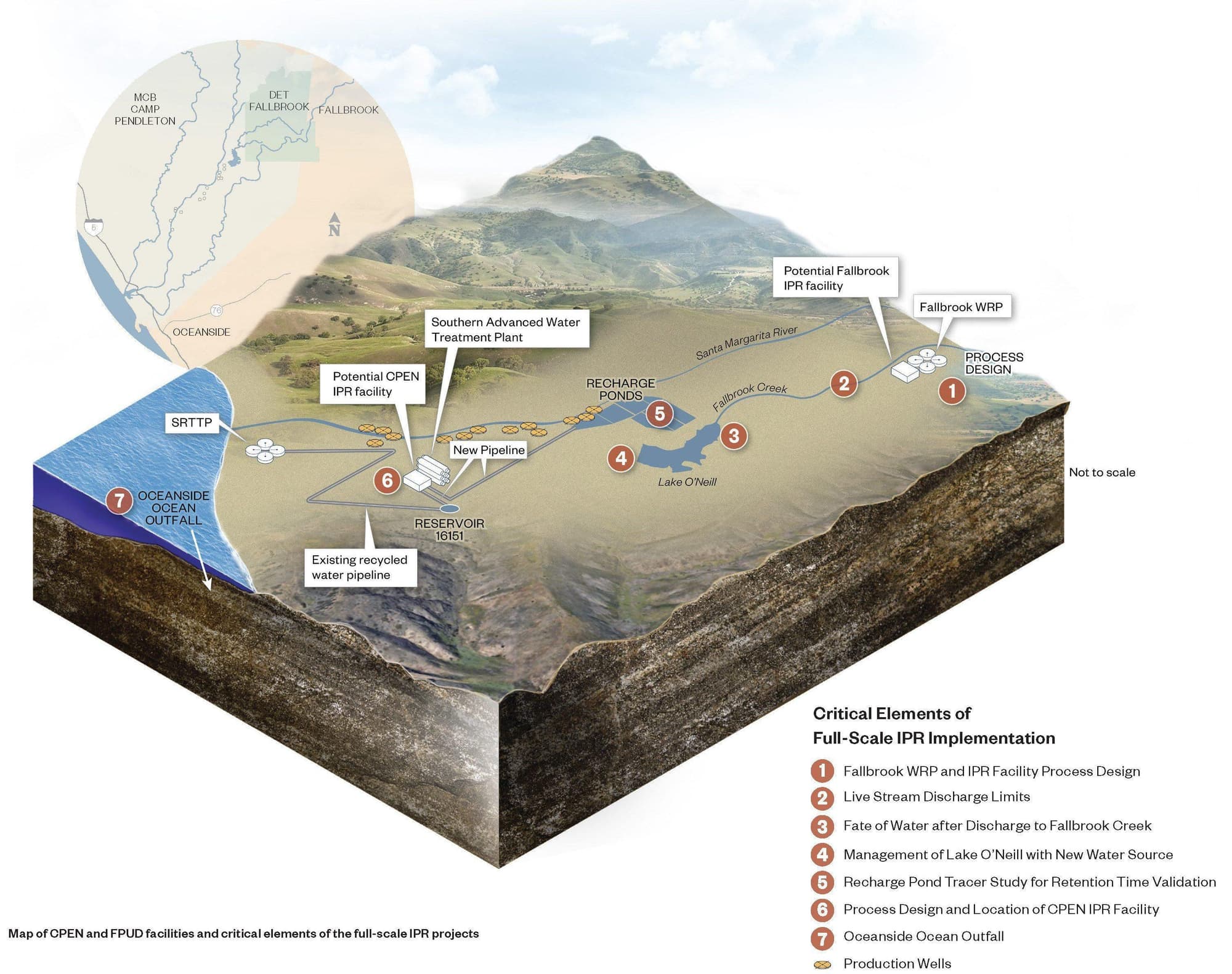
The pre-study will develop the program approach and the test plans. There will be three tests including a tracer test for confirmation of travel time within the aquifer for pathogen credits and two separate technology proof pilot tests of technologies at both the FPUD WWTP and the Camp Pendleton WWTP.
Project elements include:
- Deep bed denitrification filtration at the end of their conventional water reclamation plant
- Live stream discharge to Fallbrook Creek if proven feasible
- Ozone/biofiltration
- Containerized pilot systems of ozone, biologically active filters, followed by UV/AOP
- GAC or IX for PFAS/PFOA
- Potential reverse osmosis pilot to address PFOA/PFOS at Camp Pendleton
This pilot study and information will be compiled into a comprehensive feasibility study that develops the cost of the project and the cost of water to compare to other water sources within the region. The project will also involve complex stakeholder coordination with local, state and federal agencies.


